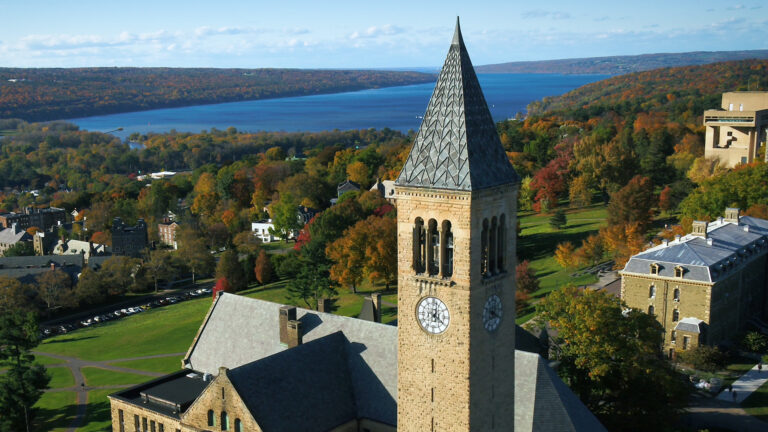Overview of Harbin
Heilongjiang’s largest economy, Harbin has historically been a heavy industrial base; other industries such as petrochemicals, pharmaceuticals, foodstuff, and textiles have formed a comprehensive industrial system in the city. The city is also a major agricultural base in China and boasts a complete agricultural process chain. Additionally, China’s “Ice City” is an important transportation gateway, with an international land bridge and important air and rail linkages.
In recent years, Harbin’s service industry has experienced steady growth, thanks in part to retail and tourism, as well as the value-added industrial output of the service industry; the latter accounted for just over half of Harbin’s GDP in 2010.
Major Economic Indicators
- Land Area (km2) 53,796
- Population (million) 9.92
- GDP (RMB billion) 366.59
- GDP Composition
- Primary Industry 11.3%
- Secondary Industry (Industry & Construction) 37.8%
- Tertiary Industry (Service) 50.9%
- GDP Per Capita (RMB) 36,961
- Unemployment Rate 3.2%
- Fixed Asset Investment (RMB billion) 265.19
- Utilized FDI (USD million) 700
- Total Import & Export (USD million) 4,400
- Export (USD million) 2,000
- Import (USD million) 2,400
- Sales of Consumer Goods (RMB billion) 177
Traditional Industries
Harbin is the largest economy in Heilongjiang province. In 2010, the city’s GDP rose 14% year on year to RMB 366.59 billion.
In 2010, value-added industrial output of the city amounted to RMB 102.16 billion, up 17.1% year on year. Light industry and heavy industry rose 18.6% and 15.9% year on year to RMB 35.14 billion and RMB 38.07 billion respectively, which accounting for 48% and 52% of the city’s industrial sector.
The pillar industries of Harbin are equipment manufacturing, pharmaceuticals, food processing and petrochemicals. In 2010, the combined value-added industrial output of the four pillar industries amounted to RMB 61.14 billion, up 14.3% year on year, accounting for 83.5% of the industrial sector’s total. Among them, equipment manufacturing has RMB 21.19 billion value-added industrial output.
Manufacture
One of the old industrial bases of China, Harbin is a solid base of industrial technology. It also has several large manufacturers, especially for equipment and automobiles. Harbin Hafei Automobile Industry Group Corp is the most well-known manufacturer in Harbin. By September 2009, the accumulative auto sales of the group surpassed 2.37 million units. Another key investor in the automobile industry is Mando, a South Korean automobile parts manufacturer.
Recent decades have witnessed remarkable development of its manufacture industry. Harbin has always stuck to the strategy of industrialization driven by informatization. It keeps developing its advantageous industries such as electronic information, motor industry, foodstuff and pharmaceuticals and simultaneously it also focuses on the evolution of equipment manufacturing, environmental protection, welding, advanced material and biological engineering, etc. Additionally, Harbin still pay enough attention to the structure readjustment of mechanical industry, textiles, metallurgy, building materials, petrochemicals and light industry. So a brand-new industry structure is just around the corner.
Agriculture
A major grain production base, Heilongjiang is rich in agricultural resources. In 2010, the grain output of Heilongjiang exceeded 50 million tons, accounting for nearly 8.0% of China’s total. Many agricultural product processing companies have invested in HDZ. These include Uni-president, Wantwant, Fengyi, CJ and Associated British Foods.
Agriculture, which is one of the crucial industries in Harbin, is also enjoying a considerable revolution. Guided by the Scientific Outlook on Development, Harbin has started to develop the Green Agriculture focusing on the quality and efficiency. It has established the agricultural technical parks and experimental units to stimulate the agricultural industrialization.
Tertiary Industry
Service industry has seen stable growth in recent years. In 2010, value-added industrial output of the service industry amounted to RMB 186.86 billion, accounting for 50.9% of the city’s GDP. Retail and tourism are the key industries for the service sector. In 2010, sales of consumer goods of the city rose 18.8% to RMB 177 billion. In 2010, more than 41.76 million tourists have visited the city, while the tourism income amounted to RMB 38.15 billion.
In 2010, Harbin’s total foreign trade reached US$4.4 billion, up 18.5% from 2009 .Export amounted to US$2 billion while import amounted to US$2.4 billion. Asia, Europe and North America are the major export destinations, accounting for 34.4%, 21.9% and 22% of the total export.
Harbin is one of the major destinations of FDI in Heilongjiang. In 2010 the city’s utilized FDI amounted to US$700 million. The foreign investments focus on electronics, food, chemicals, the light industry, energy and real estate.
Other Industries
Benefiting from the abundant Chinese medicine resources in surrounding areas, Harbin’s medicine industry enjoys a unique advantage. Well-known medicine companies in HDZ include Harbin Pharm and Wandashan. HDZ, the window to Harbin, also cooperates closely with Russia. A Sino-Russia Cooperation Bureau was set up for this purpose. There are 27 Sino-Russian enterprises in HDZ with a total combined registered capital of RMB 230 million. By the end of 2009, more than 40 cooperative projects had been founded in HDZ. In 2009, the gross industrial output of HDZ reached RMB 91.5 billion, increased by 18.6% over the previous year.




